This aircraft was a proposed solution to replace the Royal Navy's Sea Vixen's in the 1960s/70s. Given that the RAF were already successfully operating the Lightning, it was suggested that the aircraft might be converted for naval service. For carrier operations the two seat trainer model of the Lightning was to be used, with the wings reconfigured to accommodate a variable sweep to reduce the stall speed, and thus allow for lower speed take off and landing on short carrier decks. The tail fin was also to be extended to improve stability, and additional weapons pylons were to be added to the wings to transform the lightning into a multi-role aircraft. There was also the suggestion of a solid nose version of the Lighting to carry more radar equipment, with external air intakes akin to those on the later Tornado. Needless to say, not even a prototype was built as someone sensibly realised that an aircraft which was already difficult to maintain on land, and which had a reputation for guzzling fuel was perhaps not the best idea for service at sea. Thus the American F4 Phantom was adopted to replace the Sea Vixen, leaving the Sea Lightning as a fascinating 'what if' that you can now all explore through the wonders of Simple Planes.
On transforming my Lightning into a Sea Lightning it soon became clear that the landing gear would need to move from the wings given the complications of the variable sweep. However, it would not be a simple matter of moving the landing gear to the underside of the fuselage as this would disrupt the fuel tanks. Consequently I have opted for an unconventional arrangement whereby the gear retracts into the side of the fuselage.
Controls:
AG1-Engines
AG2-Arrestor Hook
AG3-Arm weapons
AG4-Canopy
AG5-Jettison Weapons
AG6-Brake parachute
AG7-Eject
AG8-Lights
VTOL-Wing Sweep
Specifications
Spotlights
- ALTMTR 2.9 years ago
General Characteristics
- Created On Mac
- Wingspan 32.1ft (9.8m)
- Length 46.7ft (14.2m)
- Height 18.2ft (5.5m)
- Empty Weight 21,771lbs (9,875kg)
- Loaded Weight 48,851lbs (22,158kg)
Performance
- Power/Weight Ratio 1.38
- Wing Loading 53.4lbs/ft2 (260.7kg/m2)
- Wing Area 914.9ft2 (85.0m2)
- Drag Points 8159
Parts
- Number of Parts 546
- Control Surfaces 0
- Performance Cost 2,709

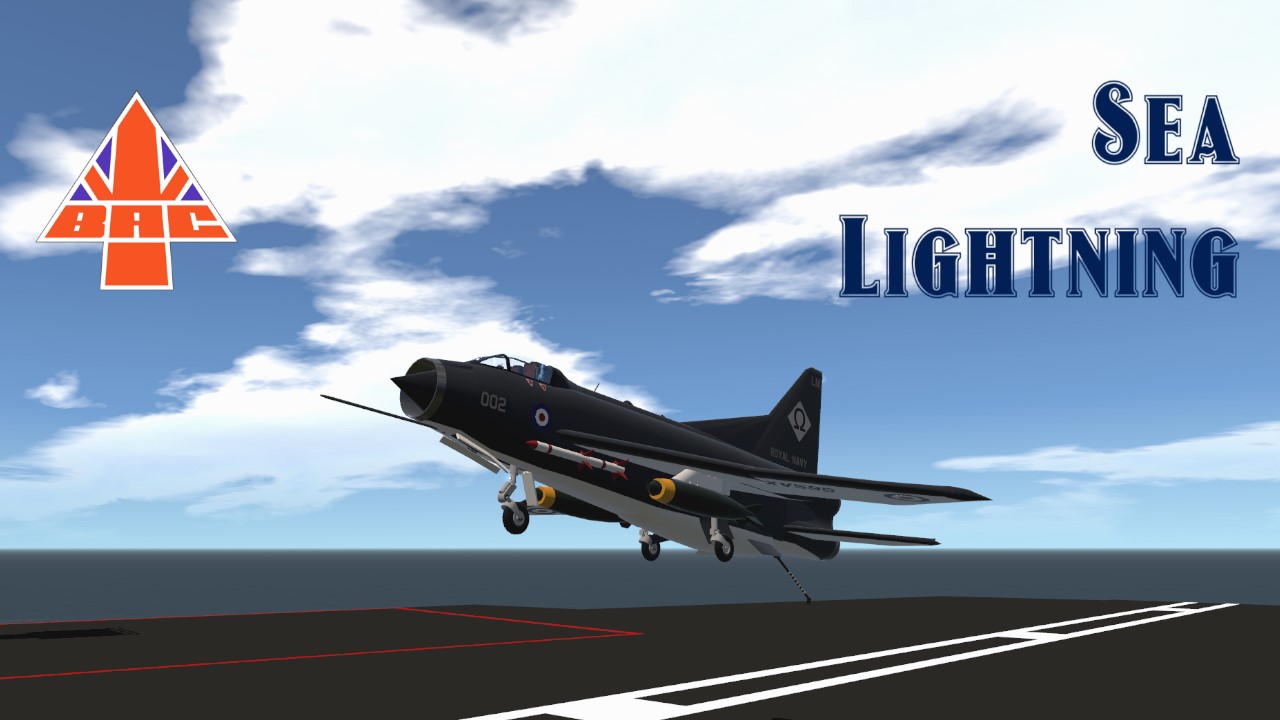
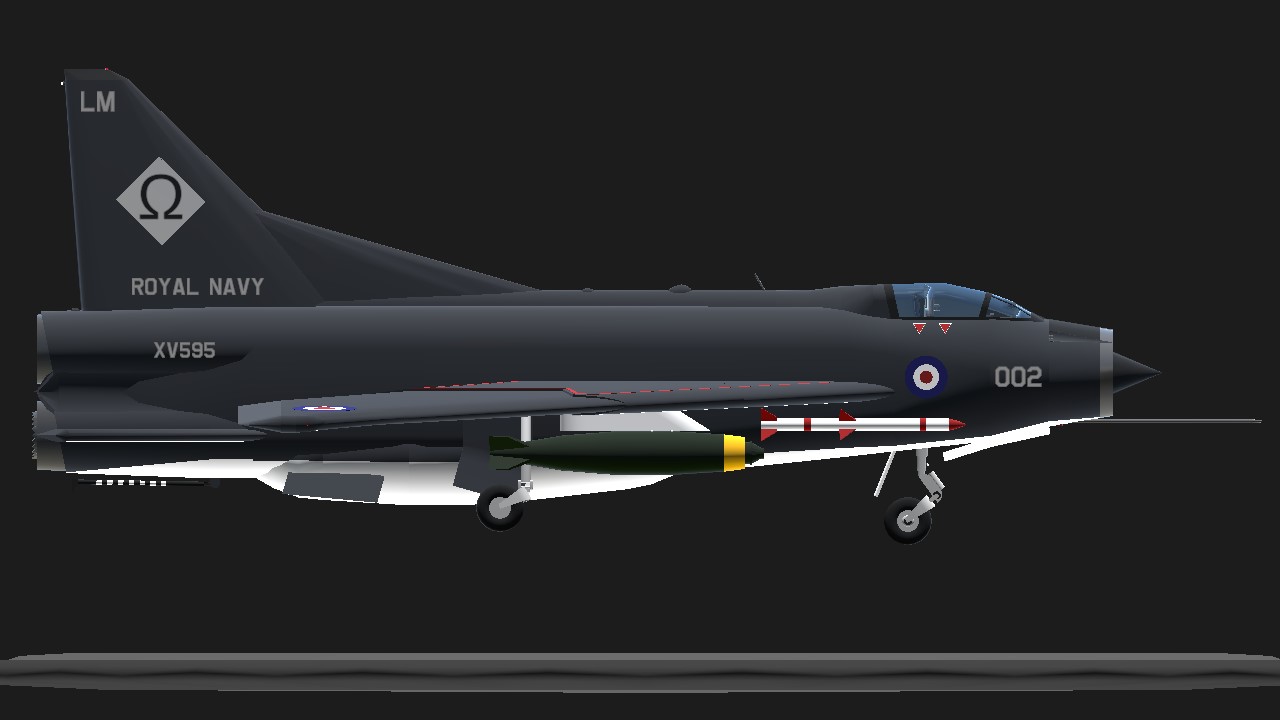
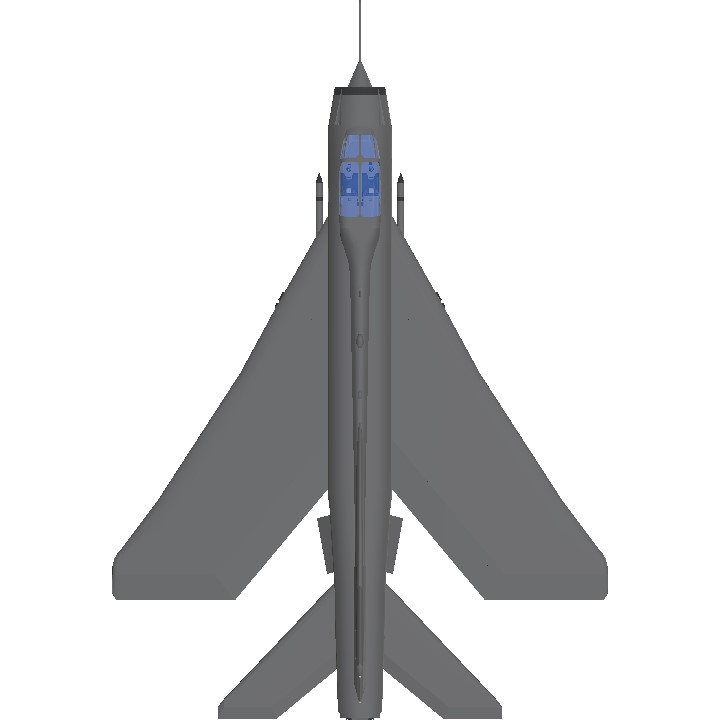
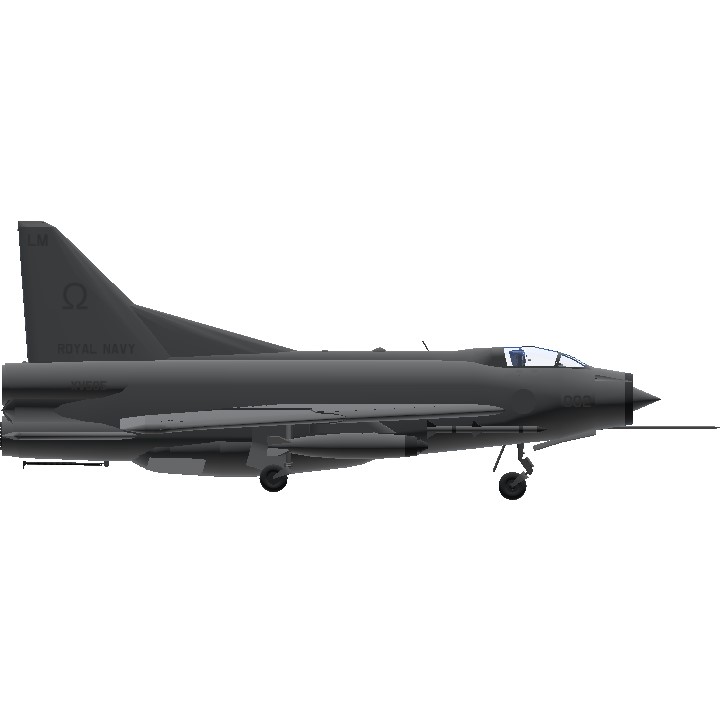
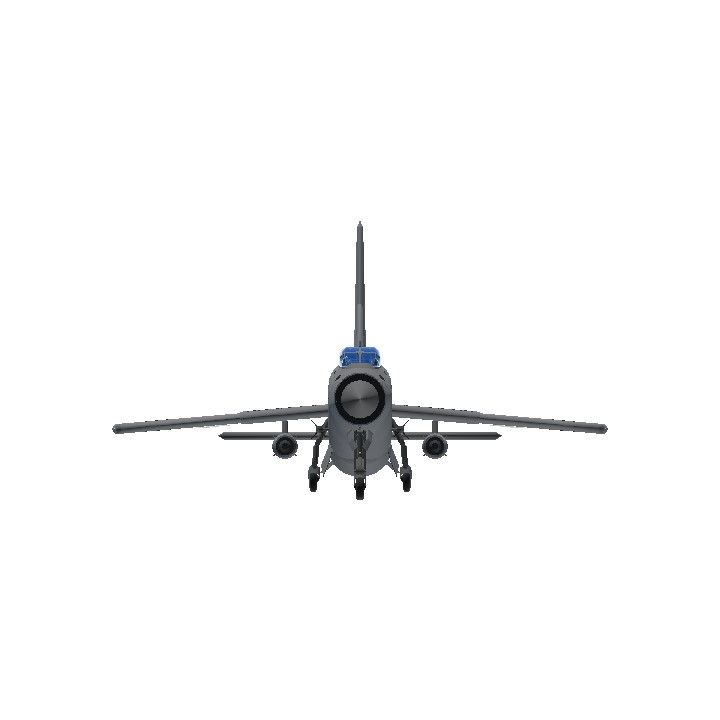
now i know why it has lightning in its name